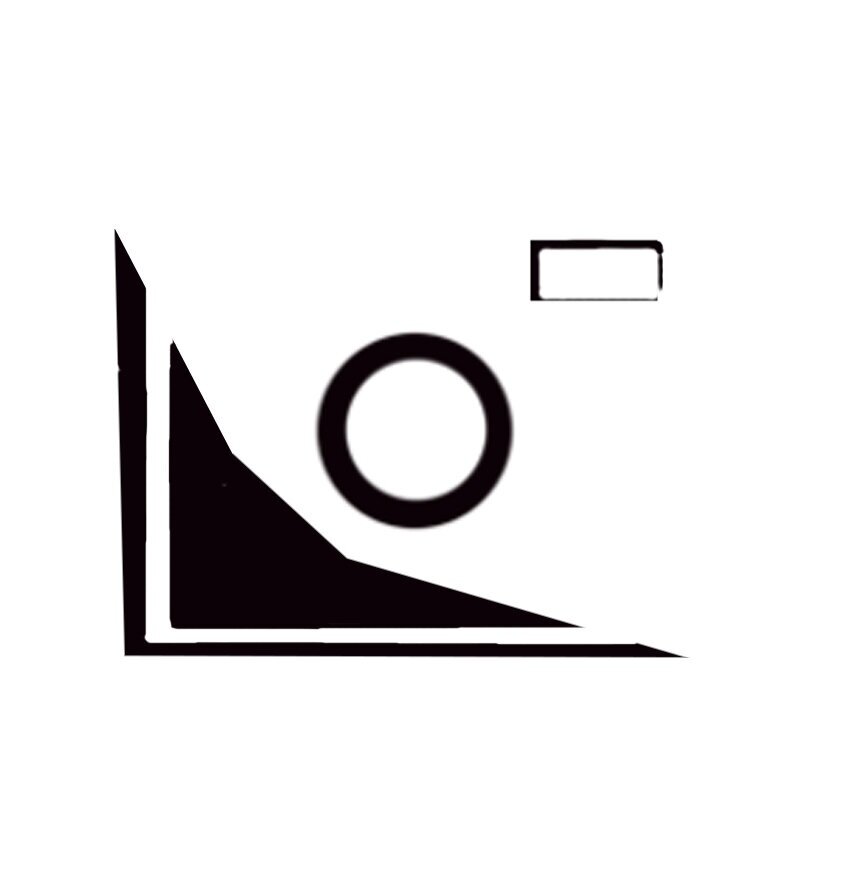Germaine Krull
“The camera need not invent, manipulate or fool. It does not paint, nor does it imagine. The photographer is a witness, the witness of his time.” Germaine Krull
The photograph to our left can be found in the collection at The Museum of Modern Art. It is the renowned self portrait of the modernist photographer, activist, bohemian explorer and hotelier Germaine Krull.
Born in November 1897 in East Prussia (now Poland) Krull, the ‘famous free spirit’ moved continuously throughout Europe in the 1920’s and 30’s pushing boundaries as a photographer and a woman. She was known to mix with left-leaning intellectuals and on a visit to Russia in 1921 she was arrested by the secret police and accused of being an enemy of Leninism. She was imprisoned and subjected to a fake execution that left her traumatised for the rest of her life.
In 1926 she moved to Paris and it was there, while working for the French magazine VU, that her skills for photography really developed. She mainly worked in fashion photography, but she also created nudes and portraits. Krull became friends with the likes of poets and artists including, Rainer Maria Rilke, Jean Cocteau, Sonia Delaunay, Colette and the photographer, Man Ray.
Study for La Folle d’Itteville, 1931
Jean Cocteau, 1929
“Germaine, you and I are the greatest photographers of our time, I in the old sense you in the modern one.” Man Ray
By the late 1920s, she was considered to be one of the best photographers in Paris. It was at this moment that she published Métal, which is now known as one of the most influential early modernist photography books. Her focus was "the masculine subject of the industrial landscape" which depicts images of bridges, buildings, and other industrial objects.
La Tour Eiffel, 1928
After World War II, where she had travelled throughout Africa assisting the Free French forces, she travelled to Southeast Asia as a war correspondent and became the co-owner of the Oriental Hotel in Bangkok, which she ran successfully for 20 years.
In her later life Germaine Krull moved to India and converted to Buddhism. Her last major photo project was her 1968 book 'Tibetans in India'. Germaine Krull eventually moved back to Germany where she died in July 1985.




